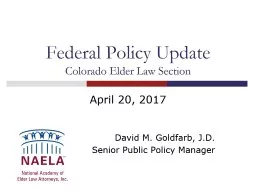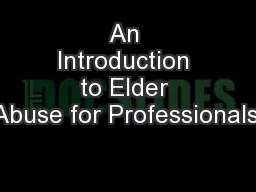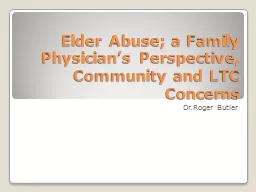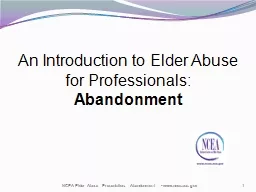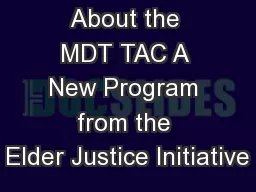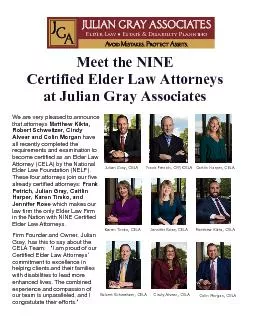PPT-Federal Policy Update Colorado Elder Law Section
Author : alida-meadow | Published Date : 2019-03-19
April 20 2017 David M Goldfarb JD Senior Public Policy Manager Contents American Health Care Act Targeted Medicaid Reform 1115 Waivers Other items tax SS Medicare
Presentation Embed Code
Download Presentation
Download Presentation The PPT/PDF document "Federal Policy Update Colorado Elder Law..." is the property of its rightful owner. Permission is granted to download and print the materials on this website for personal, non-commercial use only, and to display it on your personal computer provided you do not modify the materials and that you retain all copyright notices contained in the materials. By downloading content from our website, you accept the terms of this agreement.
Federal Policy Update Colorado Elder Law Section: Transcript
Download Rules Of Document
"Federal Policy Update Colorado Elder Law Section"The content belongs to its owner. You may download and print it for personal use, without modification, and keep all copyright notices. By downloading, you agree to these terms.
Related Documents

